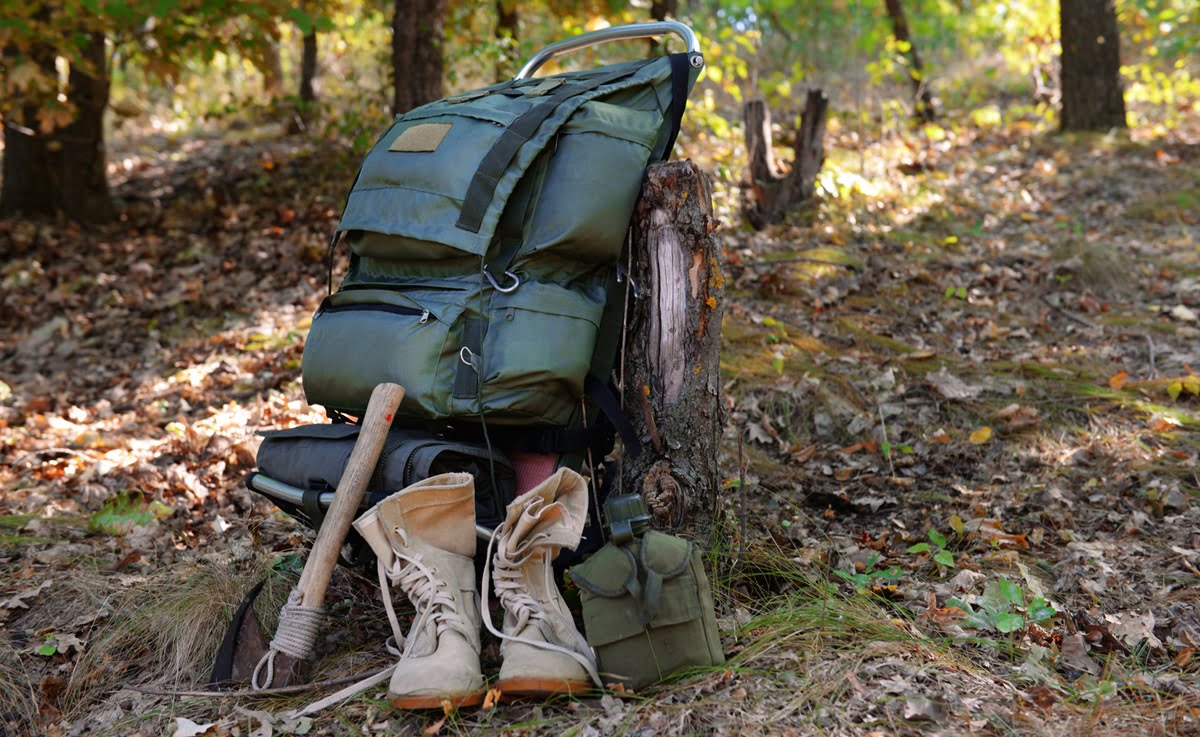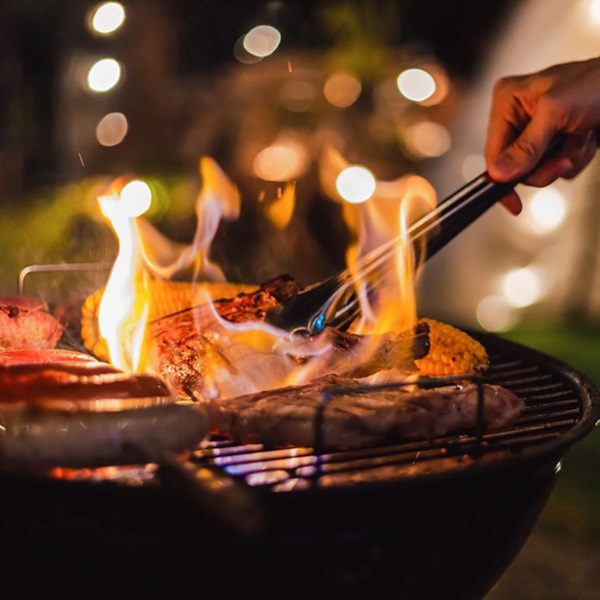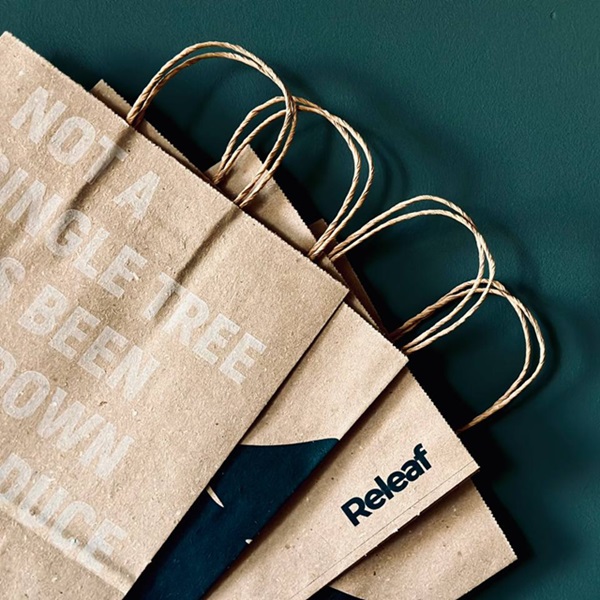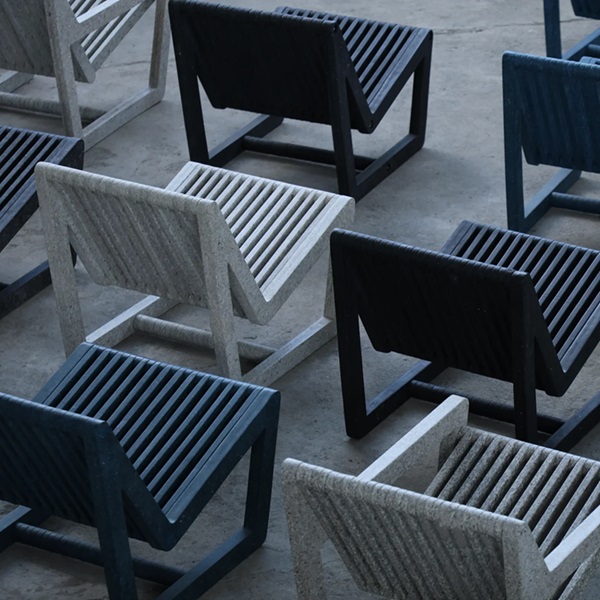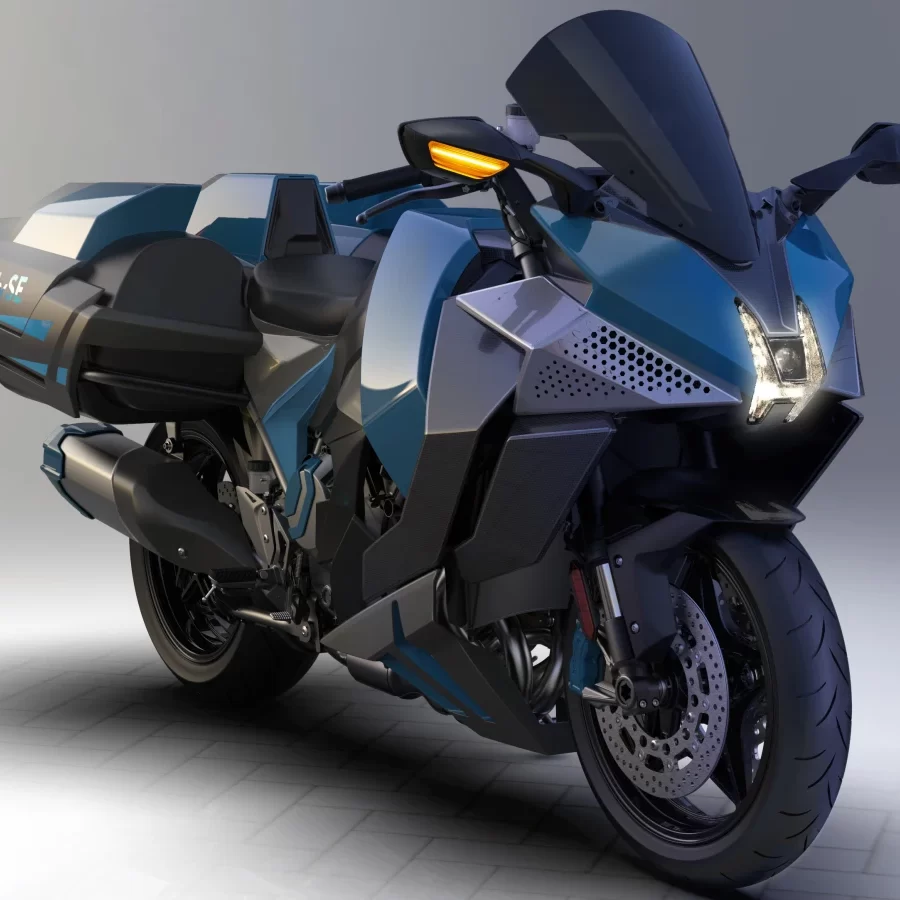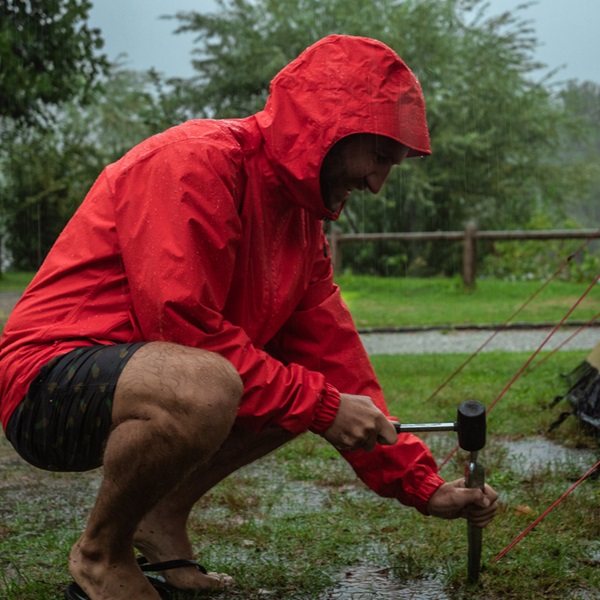
If you are venturing into the outdoors, a rucksack will become an essential piece of your camping gear. Because it serves as the backbone of any camping or hiking adventure. It does not matter whether you are going for a weekend getaway in the mountains or exploring dense forests; the best rucksack for camping ensures you have all the necessary equipment.
In the wilderness, where conditions can be unpredictable, a reliable rucksack not only helps distribute weight evenly but also provides the convenience and comfort needed to enjoy the journey. Choosing the perfect rucksack can make all the difference in your outdoor experience.
In this content, we will explore how to choose the right rucksack for your adventure.
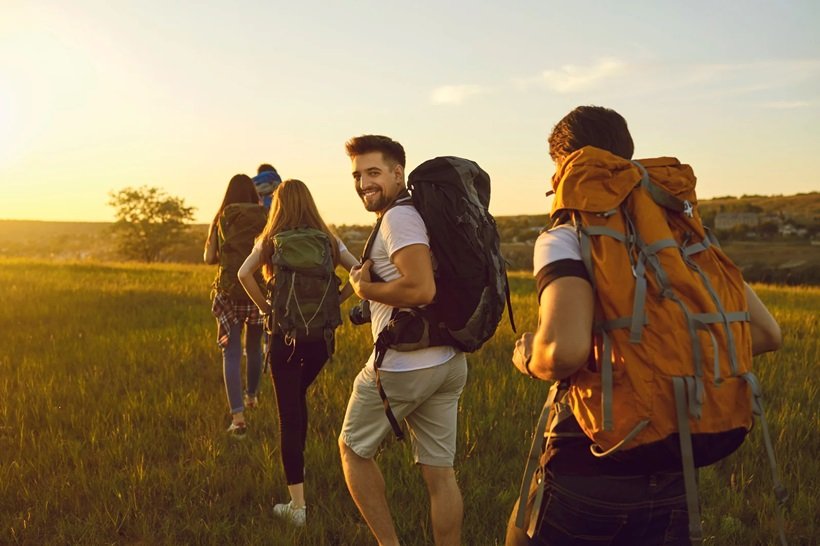
What Size Camping Backpack Do You Need?
Choosing the right size rucksack is important for a successful camping trip. The size of your rucksack determines not only how much gear you can carry but also how comfortable your packing a rucksack for camping will be.
A rucksack that’s too small might leave you without essential items, while one that’s too large can become cumbersome and weigh you down. By selecting the appropriate size, you ensure that your load is manageable, your gear is organized, and you can fully enjoy your outdoor adventure without unnecessary strain.
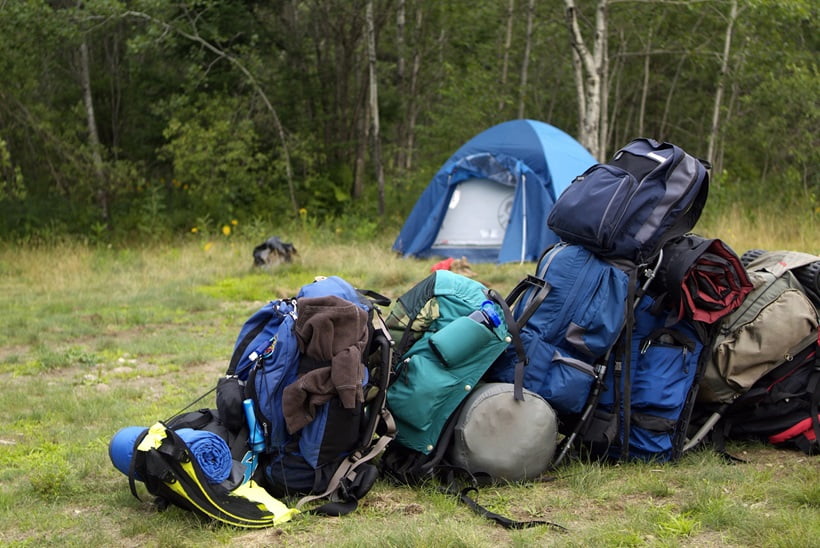
20-30 Liters
A small rucksack in this range is ideal for day hikes or short trips where you need to carry essentials like water, snacks, a first aid kit, and a light jacket. It is perfect for those who prefer to travel light and move quickly.
30-50 Liters
A medium-sized rucksack is suitable for overnight camping or weekend getaways. It provides enough space for a sleeping bag, food, additional clothing, and other essentials without being overly bulky.
50-70 Liters
For multi-day camping adventures, a rucksack in this size range offers the capacity to carry more gear, including a tent, cooking supplies, and extra clothing. It strikes a balance between storage and comfort.
70-90 Liters
Large rucksacks are designed for serious outdoor enthusiasts who need to pack for extended expeditions or winter camping. They accommodate bulky gear such as sleeping pads, heavy-duty clothing, and specialized equipment.
90+ Liters
An extra-large backpack for camping is often used for carrying group gear or specialized equipment on expeditions. They are best for situations where you need to transport large volumes of gear, such as for basecamp setups or guided tours.
Different Types of Rucksacks You Need to Be Familiar
When it comes to outdoor adventures, not all backpacks are created equal. Different types of rucksacks are designed to cater to specific needs. Always remember that the right gear for the right situation saves your day.
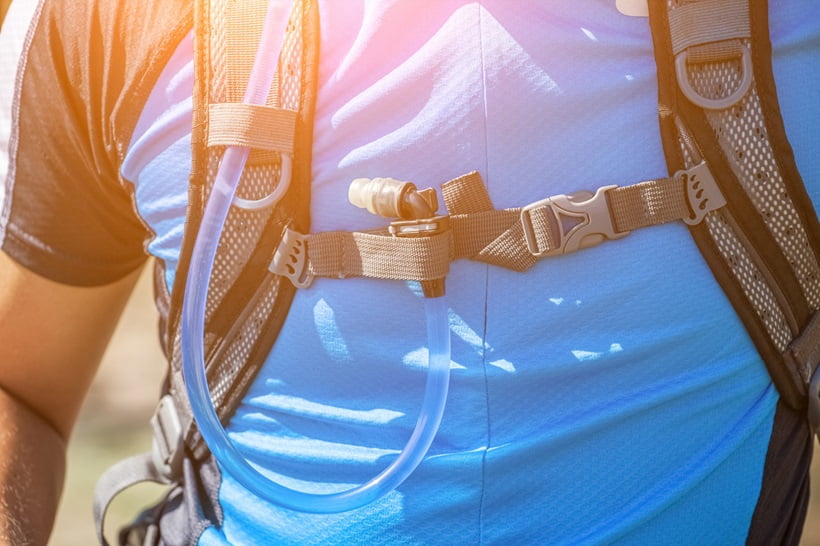
Day Packs
Compact and lightweight, day packs are perfect for short hikes or daily outings. They typically range from 10 to 30 liters and are designed to carry essentials like snacks, water, and a light jacket. In addition, day packs are ideal for those who prefer to travel light and keep their gear minimal.
Backpack in Camping
Backpacks or rucksacks are the go-to choices for longer hikes or multi-day trips. With capacities ranging from 30 to 70 liters, they offer ample space for camping gear, food, and extra clothing.
Travel Backpacks
Travel backpacks are tailored for globetrotters, blending the features of a traditional rucksack with added organization for travel essentials. They often include compartments for electronics, documents, and clothing. These features make them perfect for both urban and outdoor travel.
Hydration Packs
Hydration packs are specialized rucksacks that come with built-in water reservoirs. These packs allow easy access to water without needing to stop. In addition, hydration packs are perfect for activities like trail running, cycling, or short hikes where staying hydrated is crucial. These packs are generally lightweight, ranging from 2 to 10 liters.
How Much Does a Rucksack Weigh?
The weight of a backpack is a critical factor that can impact your comfort and mobility during outdoor activities. Typically, an empty rucksack weighs between 1 and 5 pounds (0.5 and 2.5 kg), depending on its size and materials. Lightweight rucksacks are ideal for short trips, while sturdier, heavier options offer more durability and support for extended adventures.
When packing a rucksack for camping, you should consider not only the weight of your backpack itself but also the total load you will be carrying. You should check how much your backpack can carry and load it. A well-balanced pack ensures better posture, reduced strain, and a more enjoyable experience on the trail.
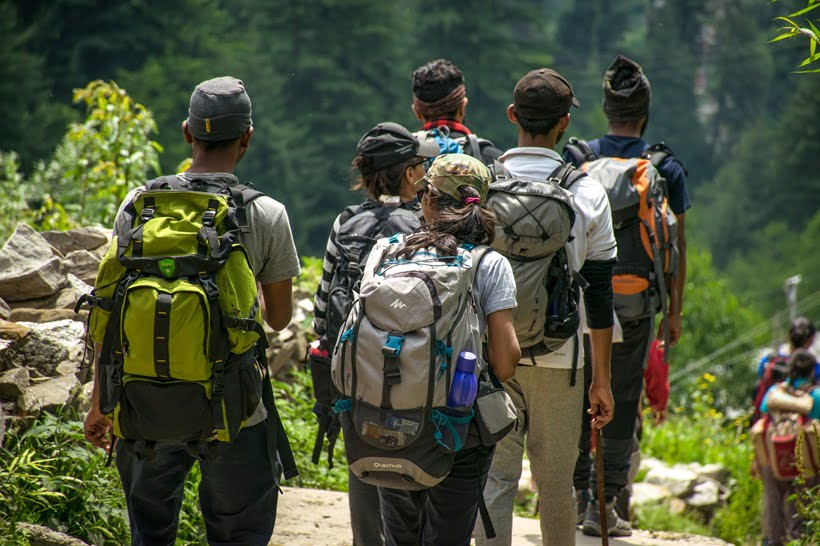
Rucksack Features You Should Check
Yes, you need a backpack. But it should have different features to make your life easier in the outdoors. Therefore, while choosing your camping backpack, you should check some or all of the features listed below are in your rucksack.

Material
Durable, water-resistant materials like nylon or polyester ensure that your rucksack can withstand the elements and rough terrain.
Capacity
Consider the volume of the rucksack, measured in liters, to ensure it fits all your gear. The right capacity depends on the length of your trip and the amount of gear you need to carry.
Frame Type
Internal frames provide stability and keep the load close to your body, while external frames offer better ventilation and are ideal for heavier loads.
Padding and Straps
Well-padded shoulder straps and hip belts help distribute weight evenly. These straps reduce strain in your back and shoulders. Adjustable straps ensure a snug fit to ensure comfort during long hikes.
Pockets and Compartments
Multiple pockets and compartments help organize your gear. You can consider rucksacks with designated areas for hydration packs, tools, and electronics.
Zippers and fasteners
Quality zippers and fasteners are essential for keeping your gear secure. Ensure they are robust and easy to use, even with gloves or in cold weather conditions.
Rain cover
A built-in or detachable rain cover protects your backpack and its contents from rain. This feature is particularly useful in unpredictable weather conditions.
Attachment Points
Attachment points such as loops, Daisy chains, and straps allow you to carry additional gear externally, such as trekking poles, sleeping bags, or helmets.

